|
A Journey into Natural Perfumery and Extraction Methods By Andrej Babicky, Certified Natural Perfumer In May, I embarked on an enchanting journey to Grenada, the renowned "Island of Spices," to participate in the Scents of Grenada festival. This event, organized by perfumer Stephen Dirk and Tower Estate owner Isabelle Slinger, provided a unique opportunity to immerse myself in the world of natural perfumery and share my knowledge on enfleurage techniques and botanical tinctures. Supported by the Ministry of Tourism, this event aimed to highlight the island’s rich aromatic heritage and its potential in the field of natural perfumery. Grenada's tropical climate plays a significant role in its rich biodiversity. The island enjoys a wet season from June to December and a dry season from January to May. This climate fosters a wide variety of plant species, including numerous aromatic and medicinal plants. The concept of terroir, often used in the context of wine, is equally relevant to perfumery. Terroir refers to the unique combination of soil, climate, and topography that imparts distinct characteristics to the plants grown in a particular region. Grenada's terroir is uniquely suited to producing aromatic plants with rich and complex scent profiles. The Tower Estate, where the festival was held, is a testament to this rich terroir. The estate's garden is a meticulously curated collection of aromatic and perfumed tropical plants, designed to be a sanctuary for perfumers and enthusiasts. This living laboratory will offers an inspiring environment where visitors can experiment with different extraction methods, touch and smell the plants and flowers, and draw inspiration from nature's bounty. Despite Grenada experiencing a dry period during my visit, the garden was a testament to resilience and beauty, boasting stunning blooms of mango blossom, gardenias, Rangoon creeper, plumeria, various jasmine species, and the intoxicating ylang ylang. Ylang ylang (Cananga odorata) is a tropical tree native to Southeast Asia but has found a welcoming home in Grenada's climate. The tree's flowers are highly prized in perfumery for their sweet, floral, and slightly spicy scent. During our workshop, we delved into the art of enfleurage, a traditional method of capturing the ephemeral essence of flowers. Every morning, we handpicked ylang ylang flowers at dawn, preserving their delicate fragrance for our enfleurage experiments. This process, though labor-intensive, yields an exquisite and true-to-life fragrance that captures the living essence of the flower.  Our exploration did not stop at ylang ylang. We also worked with plumeria and mango flowers, each offering its unique aromatic profile. Additionally, we experimented with distillation using bay rum (Pimenta racemosa), a quintessential Caribbean plant with leaves that exude an unmistakable aroma. This hands-on experience provided invaluable insights into the diverse methods of extracting essential oils and the distinct characteristics of each plant. One of the highlights of my trip was encountering nutmeg in its natural habitat for the first time. Grenada is one of the world's largest producers of nutmeg, and this spice is integral to the island's identity. Both the nut and the mace, the lacy covering of the nutmeg seed, are used in perfumery, while the outer pulp is transformed into jams and drinks. Nutmeg's rich, warm aroma and versatile flavor have made it a prized ingredient in culinary delights and fragrant concoctions alike. This multifaceted use of nutmeg underscores the island's rich botanical heritage and its potential in natural perfumery. Grenada's unique climate and terroir are not only ideal for growing traditional aromatic plants but also support a range of endemic species. The island is home to several plants that are not found anywhere else in the world, offering a treasure trove of potential raw materials for perfumery. These endemic plants, combined with the island's rich spice heritage, create a diverse and vibrant aromatic landscape. The concept of the perfumer's garden at Tower Estate is particularly fascinating. It is a living, breathing repository of scents, offering a place for perfumers to connect with raw materials in their natural state. This garden not only serves as a source of inspiration but also as an educational platform where visitors can learn about the cultivation and extraction of aromatic plants. The idea of a perfumer's garden aligns perfectly with the principles of natural perfumery, which emphasize sustainability, ethical sourcing, and a deep connection to nature. The event itself is a dynamic meeting point for perfumers, enthusiasts, and local growers. It highlights the island's wealth of botanical resources and encourages the local community to explore the potential of these resources. Grenada's nickname, the "Spice Island," is well-earned, with abundant nutmeg, ginger, cinnamon, and other spices that are ideal for essential oil production. The festival also serves to awaken the interest of the locals to exploit the resources at their disposal and produce some essential oils from the plants that are widespread on the island. One of the promising aspects is its potential to create new business opportunities for local farmers and producers. By educating locals about the potential of Grenada's botanical resources, the event promotes the idea of creating a sustainable economy centered around natural perfumery. This not only preserves the island's heritage but also offers economic opportunities for local farmers and producers. Cultivating aromatic plants and producing essential oils can provide a new source of income for the local community, fostering economic growth while preserving the island's natural beauty. Moreover, events like this encourage experimentation with new materials and extraction methods. Grenada's unique climate and diverse plant species offer endless possibilities for innovation in natural perfumery. By exploring new combinations of raw materials and rediscovering traditional extraction methods, perfumers can create unique and captivating fragrances that reflect the island's rich aromatic heritage. During my stay, I also had the privilege of seeing the process of crafting enfleurage chassis from locally harvested mahogany wood. This beautiful and durable wood is used to create the frames that hold the fat used in enfleurage, adding a touch of local craftsmanship to the extraction process. The use of locally sourced materials not only supports the local economy but also ensures that the extraction methods are sustainable and environmentally friendly. The visit in Grenada provided an opportunity to discuss the potential of using endemic plants in perfumery. These unique species, found only in Grenada, offer a wealth of untapped potential for creating distinctive and exclusive fragrances. By cultivating these plants and developing new extraction methods, Grenada may become an important player in the field of natural perfumery, attracting perfumers and enthusiasts from around the world. In conclusion, my visit to Grenada and participation in the Scents of Grenada festival was a profound reminder of the deep connection between nature and the art of perfumery. The island's rich aromatic landscape, coupled with the innovative spirit of the festival, showcased the immense potential of natural perfumery. It highlighted the value of returning to traditional extraction methods, experimenting with new materials, and rediscovering the unique heritage of places rich in botanical diversity.
Investing interest in projects like the perfumer's garden at Tower Estate offers numerous opportunities. It allows for the preservation of traditional knowledge, the promotion of sustainable practices, and the creation of a vibrant community passionate about natural perfumery. Grenada, with its abundant aromatic resources and dedicated community, is poised to inspire perfumers and enthusiasts alike to explore and celebrate the island's fragrant treasures. The Scents of Grenada festival not only showcases the island's botanical bounty but also serves as a beacon of sustainability, innovation, and cultural preservation. Andrej Babicky is one of our best teachers, if you want to learn how to extract the scents of flowers, plants, wood or roots, check his course.
0 Comments
By Andrej Babicky, Certified Natural Perfumer and Raw Material Natural Extraction Methods Expert Capturing the Ephemeral In the realm of perfume crafting, there's an art to capturing the essence of flowers. Among various extraction methods, from distillation to maceration, one stands out for its enchanting approach – enfleurage. This method, despite being laborious, possesses a magical ability to imprint the olfactory fingerprint of a flower, making it a personal favorite. The enfleurage process is both a journey and an experiment, much like the anticipation of spring when fragrant flowers are ready to bloom. Imagine stepping into your garden, balcony, or even just a sunny windowsill, armed with the intention to entwine the ephemeral soul of a flower into a fragrant masterpiece. For me, this is more than just a technique; it's a dance with nature. Enfleurage, contrary to its demanding nature, offers a playground for experimentation. Co-enfleuraging different flowers became my joyful pursuit, creating complex pomades that danced with the richness of jasmine, gardenias, plumeria, Stephanotis, Cestrum, banana leaves, roses, and even tomato leaves. This became more than an experiment; it evolved into a fragrant game, a symphony of scents. Over time, I expanded my palette, incorporating different raw materials into the pomade. Unrefined coconut oil, with its tropical aroma, became a base for enfleurage experiments, mingling with gardenias, plumeria flowers, bourbon vanilla pods, finely ground resins and iris powder. The result? A tapestry of new scents and the recreation of complex, unique bouquets. The manufacturing process remains true to tradition. Glass or ceramic containers replace the classic chassis, vegetable butters and oils stand as the primary medium, and the delicate dance of changing flowers persists. Some of my enfleurages remain soaked in alcohol for months, allowing me to study raw materials practically, even if they never make it into a final composition. In the historical context, enfleurage played a crucial role in the fragrance industry. Refined in Grasse, France, in the mid-1700s, it became an industrial center for essence extraction. Today, enfleurage is a mainly historical method, replaced by more modern techniques. However, with the resurgence of interest in natural perfumery, some perfumers revisit this technique, making modifications to suit contemporary needs. Enfleurage is not just a process; it's a celebration of flowers that might have limited essence or are too fragile for other extraction methods. It revolves around the absorption of volatile odorous molecules by fat. This fat, acting as a solvent, captures the essence of flowers it embraces. The traditional procedure involves meticulously crafted frames, or chassis, where purified fat is layered, and flowers are evenly distributed. Daily changes and cycles of defleurage create a dance between flowers and fat, resulting in perfumed pommade. This pommade can then be turned into an absolute through further processing. Enfleurage, despite its historical roots, remains a testament to the art of perfumery. It beckons us to dance with flowers, capturing their essence in a way that's both magical and personal. In this intricate journey, where patience and experimentation intertwine, enfleurage invites us to create olfactory symphonies that resonate with the very soul of nature as it awakens in the upcoming spring, with fragrant flowers ready to bloom.
Embark on your own olfactory adventure! Explore the art of natural extractions in my Natural Extractions Course. Enchanting Autumn: Unveiling Hidden Fragrance Treasures By Andrej Babicky, Certified Master Natural Perfumer As autumn's brush strokes the world in vibrant shades of red and gold, I find myself in the warm embrace of Piedmont, Italy. Here, amidst nature's grand spectacle, my garden transcends being merely a canvas for predictable perfumery choices. It becomes a treasure trove of concealed aromatic delights. Autumn beckons with a unique charm, a season when nature dons its most exquisite attire. My explorations lead me on journeys through the woodlands and along riverbanks. It's a time when I crush leaves between my fingers, uncovering aromas I never expect. In this serendipity, the magic of fragrance discovery comes alive. Beyond my garden's confines, I venture on long walks through landscapes veiled in the characteristic autumn fog of our region. These moments of calm and solitude allow me to reflect on the passage of seasons. They also kindle my desire to hunt for seasonal treasures - fruits, berries, mushrooms, and plants awaiting transformation into unique tinctures. Autumn's Palette of Aromas Autumn, with its earthy scents and rich colors, is an opportune time to diversify our collection of essences. Imagine the musty aroma of mushrooms, the scent of undergrowth, and fallen leaves. These olfactory nuances beautifully complement the fragrance profiles of woods and barks. Mushrooms like porcini, field mushrooms, and honey mushrooms each contribute their unique aromatic notes. Mushrooms, including the esteemed truffle and the woody Ganoderma species, encapsulate the essence of the forest floor. Dried and artfully tinctured, they release an aroma reminiscent of damp earth, undergrowth, and rain-kissed leaves. These tinctures harmoniously intertwine with the scents of barks, leaves, and mosses, creating a symphony of woodland fragrances. Our journey then leads us from the forest floor to the lush green canopies, where oakmoss, tree moss, and lichens flourish. Once dried and transformed into tinctures, these natural wonders unveil a unique olfactory profile, marked by a dry, woody, earthy, and somewhat salty aroma. It's the scent of the forest after a gentle rain, an essence that imparts mysterious depth and a sense of the great outdoors to your fragrances. In this season, even the changing leaves present intriguing raw materials. Have you ever rubbed nearly dry walnut, apple, magnolia or cherry leaves between your hands, inhaling their delicate scents? While walnut leaves may challenge inclusion in final compositions due to their staining ability, cherry leaves offer a delicately fruity hay aroma. One of my favorites is the oak leaf, which I extract both in spring and autumn. Young leaves exude a bitter, warm, and intensely green scent, while the evergreen magnolia leaves evoke the sensation of sun-warmed wood, with a denser, more mysterious aroma rich in earthy nuances with just a touch of floral notes. Unexpected Inspirations Sometimes, inspiration strikes unexpectedly. During a bonsai workshop, the scent of maple roots unearthed memories of freshly dug-up carrots, leading to the creation of a surprisingly intriguing tincture. Expanding Horizons with Autumn Fruits Quince, while cherished for its aroma rather than its taste, exudes a captivating fragrance reminiscent of my grandmother's closet. Sliced thin and dried, quince becomes an extraordinary tincture, offering a unique and pleasantly juicy concoction with green, herbaceous, and vaguely floral undertones. The enchantment of autumn extends to other fruits like apples, pears, persimmons, and citrus. These often-overlooked gems can be sliced, dried, and transformed into aromatic tinctures. Apples provide a fragrance reminiscent of an orchard in full bloom, pears exude delicate notes of orchard blossoms and honeyed richness, while persimmons offer a slightly spicy aroma that captures the essence of late autumn. For citrus fruits, the aromatic potential lies within the rind. Traditionally extracted by pressing the rind or distillation they can be also tinctured. Dried citrus peels hold the zesty, bright, and invigorating essence of lemons, oranges, and various citrus varieties. These citrus tinctures bring a burst of freshness to fragrance compositions, infusing them with the vivacity of citrus groves. Unveiling Nature's Secrets: The Discovery Continues
As autumn gracefully unfolds, a fragrant tapestry unfurls. From the earthy aroma of mushrooms to the sweet notes of berries and the herbal essence of leaves, each scent tells a unique story. This season encourages experimentation and exploration, revealing the boundless potential of fragrances offered by nature. Join me on this journey into the heart of autumn, where every scent is a hidden treasure waiting to be found. If you're intrigued by the art of fragrance extraction and want to delve deeper into the secrets of this captivating process, consider enrolling in my Natural Raw Materials Extraction Masterclass. In this comprehensive course, you'll uncover the techniques, methods, and nuances of extracting fragrances from the most unexpected sources. Whether you're a seasoned perfumer or a novice exploring the world of scents, this masterclass is your gateway to a deeper understanding of nature's aromatic treasures. Join me on this exciting journey, where every aroma is a revelation, and every tincture tells a story. Don't miss the opportunity to discover more and take your passion for fragrances to the next level. Enroll in the Natural Raw Materials Extraction Masterclass today and unlock the secrets of this extraordinary art. By Andrej Babicky, Certified Natural Perfumer and Raw Material Extraction Methods Expert Unveiling the Ancient Art of Enfleurage: Capturing the Essence of Flowers Natural perfumery it's not just about creating amazing fragrances, but also about growing flowers and extracting essences. One technique that holds a special place in this aromatic world is enfleurage. It's all about capturing the magical essence of a flower to make one-of-a-kind scents. So, let's dive into the enchanting process of enfleurage and get tangled up in the mesmerizing world of scents! It is to the Greeks that we owe the addition of oils scented with flowers to spices, gums and balms. The flowers and plants used for export must be transformed to be preserved. Olive oil, one of the main wealth of Greece, was used as an ointment and as an excipient in the manufacture of perfumed oils. The Greeks practiced enfleurage and very early developed the art of making perfumes. During the mid-1700s. Grasse became a thriving center for industrial production and essence extraction, thanks to the refinement of this technique. However, in today's modern perfume industry, enfleurage is considered more of a historical extraction method. Solvent extractions and the utilization of aromatic molecules have taken precedence. Nonetheless, with the recent resurgence of interest in natural perfumery, some perfumers have embraced enfleurage once again, making slight modifications to the classical procedure and achieving remarkable results. Enfleurage is primarily employed for flowers that contain small quantities of essence or delicate blossoms that could be compromised by other extraction methods. The technique capitalizes on the principle of fat absorption, where the most volatile aromatic molecules are captured by a fat medium upon contact. Various fats, such as lard, ox fat, lamb fat, vegetable oils, mineral oils, and even Vaseline, were traditionally used. Often, a combination of fats was employed, and the specific formula was carefully guarded as an industrial secret, tailored to different flowers and extraction seasons. The unique property of fats to adsorb odorous substances is harnessed when other extraction methods fail to capture the desired scent from flowers or plants. In enfleurage, the flowers are placed in direct contact with the fat, be it in liquid or solid form, until the fat becomes saturated with the perfume. Enfleurage can be performed using either the hot or cold method, depending on the flower and desired outcome. Nowadays, enfleurage is predominantly practiced for illustrative and educational purposes, as it is a labor-intensive and costly process. During cold enfleurage, flowers were placed daily on frames coated with a thick layer of fat. It took approximately 60 days for the fats to absorb the fragrance fully. For instance, 25 kilograms of jasmine flowers were required to perfume one kilogram of fat, while a mere two kilograms of tuberose flowers achieved the same result. This exemplifies the delicate nature of enfleurage and its ability to capture the essence of a flower in minute quantities. Enfleurage holds a special allure for many, as it manages to capture the ethereal essence and aromatic breath of a flower, entwining them in a magical alchemical process. While it may be a time-consuming and demanding technique, it offers a more intimate and personal relationship with the raw materials. For those fortunate enough to have a garden, a balcony, or even just a window, enfleurage can be an enchanting experiment worth undertaking. Through cultivation and extraction, one can discover unexpected and delightful results, forming a deeper connection with nature's fragrant gifts. Enfleurage stands as a testament to the artistry and craftsmanship of perfumery.
It allows us to delve into the essence of flowers, their fleeting beauty and transforming it into olfactory masterpieces. While modern techniques have largely replaced enfleurage in commercial perfume production, its revival among natural perfumers showcases its enduring charm and the endless possibilities it holds. So, why not embark on your own scented adventure and uncover the captivating world of enfleurage following our course of Natural extraction techniques? Discover more about the Natural Raw Material Extraction Methods By Andrej Babicky, Natural Perfumer Expert The world of Natural perfumery is a fascinating one, with a rich history and an abundance of different scents and notes to explore. One of the most iconic and well-known olfactory families is the Chypre family, named after the French word for the island of Cyprus. This island has a long history of association with perfumery, and it was once at the center of the perfume trade in the Orient, with its gloves scented with oak moss and the famous Oiselets de Chypre (Chypre Birds). The forests of the Copper island (currently Cyprus) and its oak mosses, its Henna (Kypros), rose and iris oils, ointment boilers contributed to the fame of its perfumers. Their names were to the Master Perfumers: the ‘Kupirijo’ or ‘Cypriots’. Historically, perfumes were considered a luxury item for the elite and their distribution was limited. However, this all changed in 1917 with the launch of François Coty's Chypre. Coty's Chypre had a significant impact on the perfumery industry and succeeded in remarkable publicity, giving a name to the whole olfactory family. The Chypre accord, which is the core of a Chypre perfume, is based around bergamot, labdanum, floral notes, and oakmoss. These different components work together to build the architecture of a perfume and define its main theme. The accord is then enriched by other notes, which are the facets of the perfume. These fragrances are known for their intense base notes that can bring to mind scents of undergrowth and woods. One of the most interesting things about the Chypre family is its adaptability to various interpretations. This allows natural perfumers to create unusual fragrances that are truly one-of-a-kind. The mysterious and charismatic character of natural Chypre fragrances makes them captivating and alluring, and it is this quality that has made them so popular over the years. In addition to its adaptability, the Chypre family is known for its ability to evoke emotions and memories. The scents are able to transport us back in time and bring up memories that we had forgotten about. This is why Chypre fragrances are considered timeless and classic, and continue to be popular to this day. The rich history of perfumery on the island of Cyprus and the impact of François Coty's Chypre perfume continue to influence the perfumery industry to this day. The chypre family is a fascinating and iconic olfactory family that has a rich history and a wide range of scents and notes to explore. From the mysterious and captivating classic chypre fragrances to the more androgynous green chypres, or joyful fruity facets, there is something for everyone. In our masterclasses, we will delve into the world of natural perfumery and the creative process that attendees will experience.
We will discover the different olfactory families and facets, their history, and some curiosities. We will also discuss the most representative fragrances and dedicate ourselves to the creation of fragrances and accords focused on a single olfactory family. These masterclasses are designed for individuals who have already followed the path of natural perfumery and for those who wish to deepen their knowledge in this field. Starting from February with the Chypre masterclass, new masterclasses will be made available every month, providing an in-depth look at the practical aspect of creation and revealing the mysteries of natural perfumery. We will be inspired and amazed by the power of natural perfumery and the creative potential it holds. I encourage you to join us in these masterclasses and experience the art and science of natural perfumery for yourself. The masterclasses will provide a unique opportunity to learn, to explore your own creativity and sense of smell. The Chypre family of fragrances is just one of many olfactory families that we will be exploring in these classes, so even if Chypre is not your favorite family, you will have the opportunity to discover new fragrances and learn about different olfactory families. So, come and join us in this journey of discovery and creation, and let us immerse ourselves in the world of natural perfumery together. By Andrej Babicky, Certified Natural Perfumer, Perfumotherapist and Natural Candle Expert What's not to love about candles? On winter evenings, their light warms the atmosphere, scents the room and makes the imagination travel. I have been creating candles for several years. At first they were just gifts for friends, but over time I came to create them for various brands. Perhaps that is how I rediscovered natural perfumery! Creating fragrances for candles is not easy. As a perfume enthusiast and natural perfumer, at first I would combine dozens of different raw materials only to realize that, mixed with wax, they did not work. You can imagine the disappointment when the scent was almost imperceptible! I did not give up: trying and experimenting, searching for information on the Internet, exchanging notions on dedicated forums or with manufacturers, I learned how to select different waxes, the importance of the right wick, which essences to use and which not to use. It was a long adventure...one that never ends! In fact, there is always a new product or a new extract coming onto the market. The customer may ask for a particular wax blend or a specific fragrance, and then you have to start all over again until you achieve the desired result. Candle making is an art that engages the hands and relaxes the mind. It is also a way to create personalized gifts or a signature fragrance for your home. In this workshop you will discover the world of candles, light and fragrance. You will learn how to choose equipment and prepare your work space, which waxes to use and which not to use, how to select the right wick and raw materials. Most importantly, you will learn how to create different types of candles. The course consists of four modules, one per week. By the end you will have an overview of the world of candle making, raw materials, and the basics of creating your own candle fragrances. By ANDREJ BABICKY, IPF Chair Italy Natural Perfumer, Olfaction Trainer and Raw Material Extraction Methods Expert The arrival of winter brings to mind old memories of my childhood spent in Eastern Europe, precisely in Slovakia, in a small village surrounded by changes and woods. The days were cold, wet and short. When evening approached, my grandmother, a woman already old and consumed by work, even when she was young, used to prepare strong black tea with spices. with just a drop of honey. She made us sit around the table telling us fairy tales. I vividly remember those moments: the wood crackling in the old stove, the smell of the cast iron top heated by the flame. Grandmother used to put on the stove some oranges or mandarins that perfumed the room and grains of incense, which slowly melted creating an olfactory background to the stories. Along with the love for roses, my grandmother also transmitted to me the love for these smells that for me are always associated with the traditions that revolved around the winter solstice, the day I was born. Many years later I had the opportunity to meet a person who travels the world in search of new and special raw materials. I call him the Indiana Jones of incense. In addition to researching these raw materials, he teaches indigenous peoples how to extract them to create a sustainable production cycle. Together with him and through his acquaintances, I had the opportunity to discover new essences. Returning to us, I have always been fascinated by this mix of aromas that accompanied my childhood. I've always looked for the best way to catch them. Living part of the time in the country house, the most used material to heat it is wood. Some of the essences have strongly perfumed woods, while others, after a period of seasoning, acquire particular aromatic nuances. Among my favorites that I often use in alcohol extractions are lime, acacia, pine, larch, magnolia. They are woods that are easy to manipulate and shred or you can buy shavings or sawdust as waste material in sawmills. The wooden material (small pieces, sawdust, shavings, twigs) I let them dry then I proceed with extraction with alcohol in the form of dye. I leave the material to macerate for several weeks, sometimes for months because from my personal experience, the aroma of the final extract is richer and fuller. There are two other kinds of wood that I love to use: two species of oak Quercus Petraea and Quercus Robur Both are easy to find. I collect the fallen branches, let them dry, grind them and then I toast them in the oven to enhance their woody, smoky and spicy aspects. Resins such as various types of incense, myrrh, balms are readily available. They are odorous substances of vegetable origin, insoluble in water but often fat-soluble and of high molecular weight. Some of them are exudates, while others are an integral part of the tissues of the plant itself. They have various chemical compositions and can occur spontaneously or due to stress. They have very distinct olfactory profiles and can add warm or cold aspects to a blend depending on the raw material used. They give depth, sometimes a dark and mysterious character, they can serve to anchor the other essences in a blend. The resins may be extracted by distillation, extraction with solvents such as, for example, alcohol that is easy to perform even at home. A very particular extraction process is to capture the smell emanating from a resin if burned or heated. To discover this method and others, I invite you to enrol in the raw material extraction course where different techniques and different raw materials are dealt with. Prepare an Interior Christmas Perfume
Different spices are also part of our daily life. I must confess that I don't extract most of them directly, only some particular spices such as certain types of pepper, wild carrot seeds and mace, the shell that covers the nutmeg seed. In the winter I prepare an alcohol-based Interior Christmas Perfume, a mixture composed of: 20g of cloves 10g part of cinnamon Zest of an orange Some eucalyptus leaves 3/4 bay leaves 1 sprig of rosemary 1 nutmeg 1 tonka bean 10 drops of fir essential oil All the dry material is crushed in a mortar, poured into a glass container and covered with 300 ml of alcohol. The container is left to rest for 2 weeks, shaking it frequently. After two weeks, the content is filtered and is ready to be used to perfume the rooms, Christmas decorations or doormats in front of the house. It is an old recipe from my grandmother who instead of alcohol boiled all the material together but for easy storage, the formula was reworked with an alcohol base and with the addition of some raw materials. THE POWER OF THE RAW MATERIAL AND THE ART OF REDISCOVERING THE ORIGINS OF NATURAL PERFUMERY. |
Archives
June 2024
Categories
All
|
- HOME
- ABOUT
- IPF CERTIFICATION
-
COURSES
-
MASTER CLASSES
- Teaching Methodology
- Natural Raw Material Extraction Methods >
- Natural Candle Making
- Healing Gardening
- Sustainable Oud MasterClass
- World Perfume History Master Class
- Scent Design and Formula Building >
- Fragrant Botany & Chemistry >
- Perfume Design, Concept and Storytelling
- French Natural Aromachology #1
- French Natural Aromachology #2
- Olfaction Training for Children
- Accords - Chypre
- Accords - White Florals 1
- Accords - Fougeres and Aromatics
- FRAGRANCE DEVELOPMENT
- SPEAKERS
- EXHIBITIONS
- Partners
- Blog
- Contact
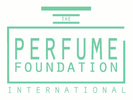
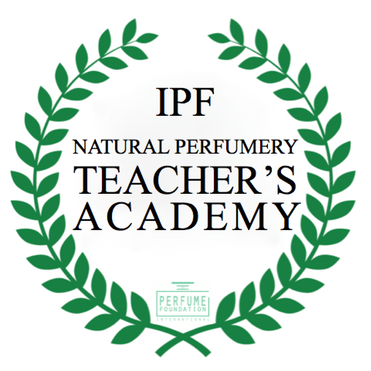






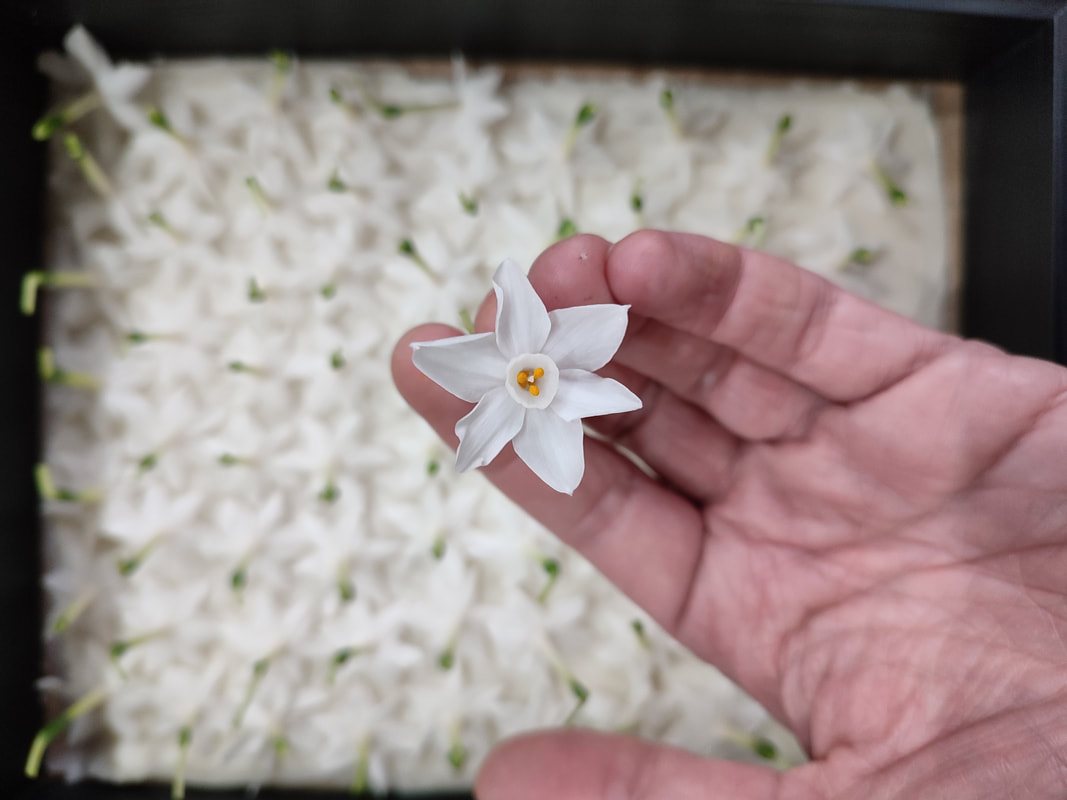


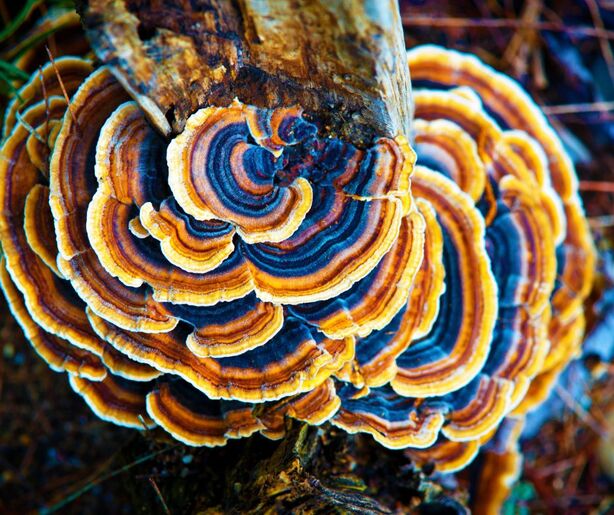
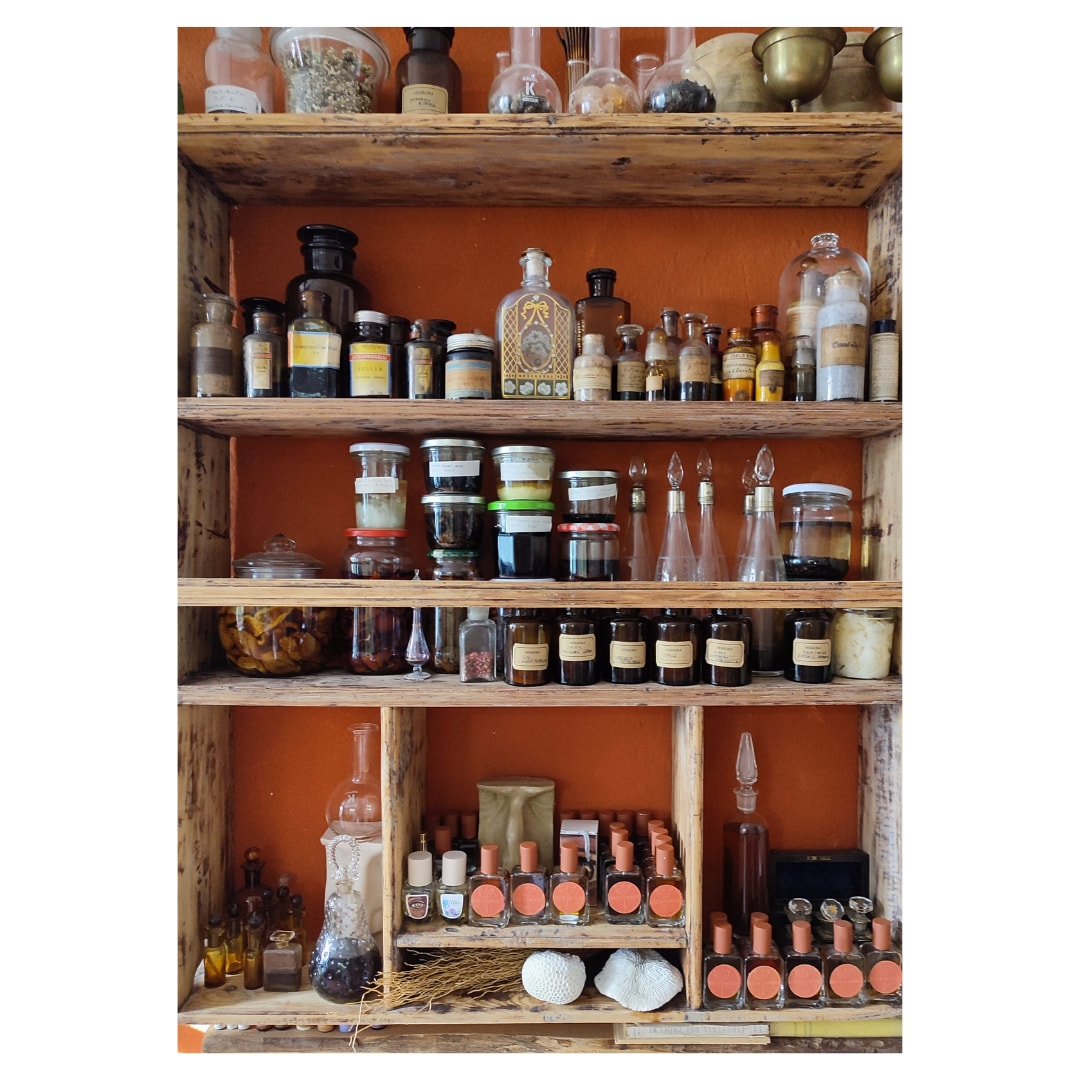
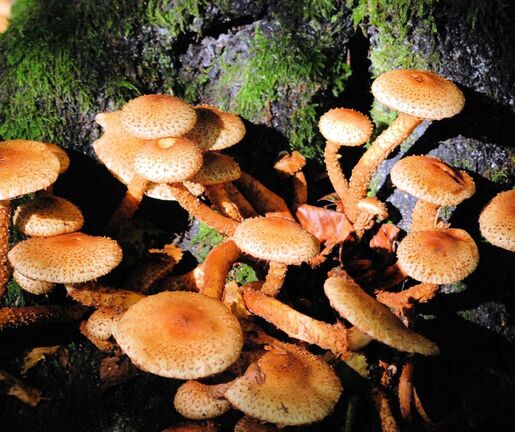



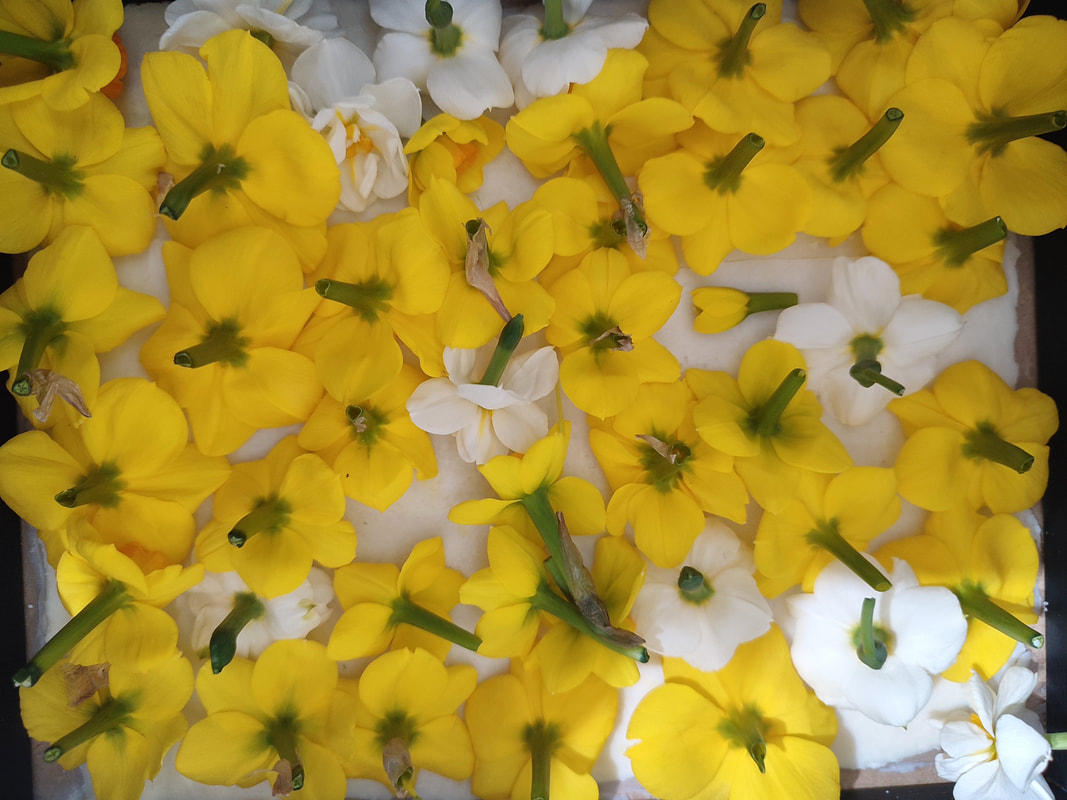
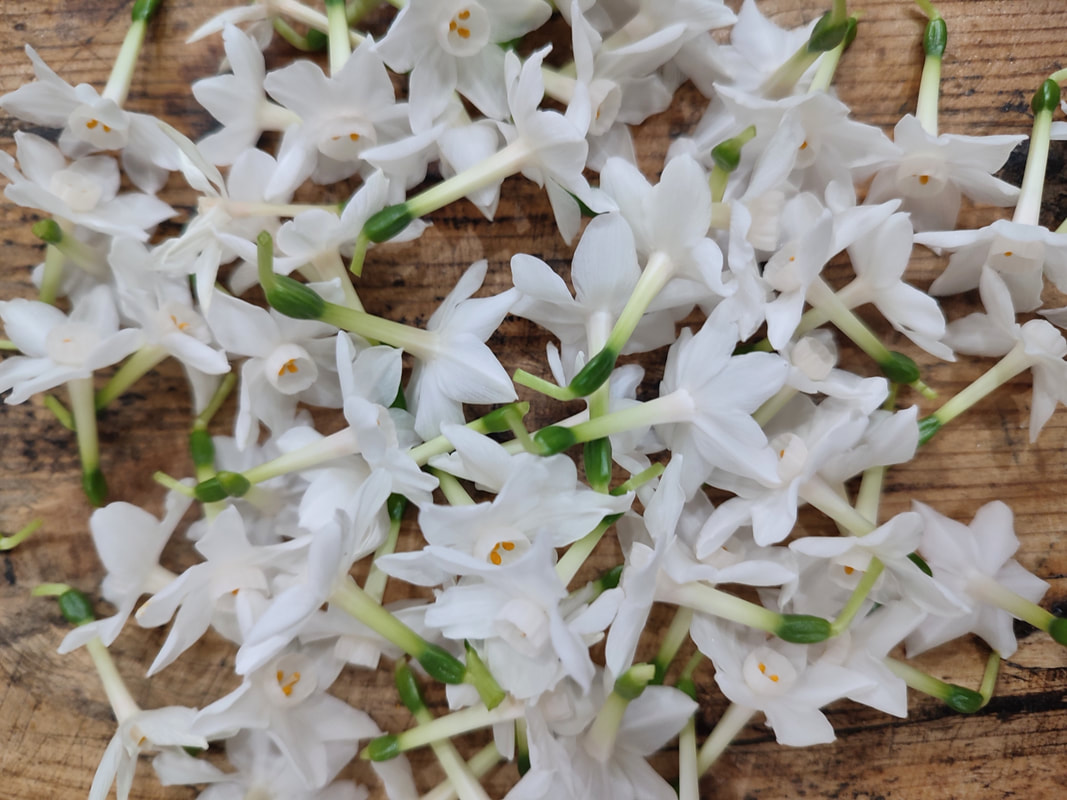


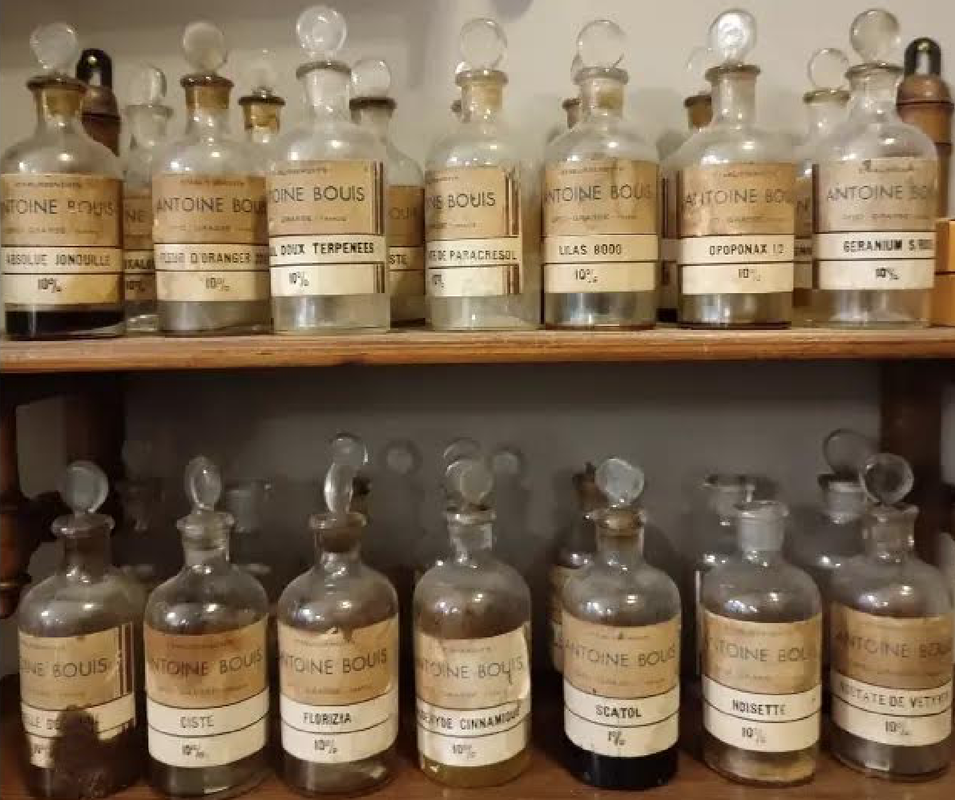
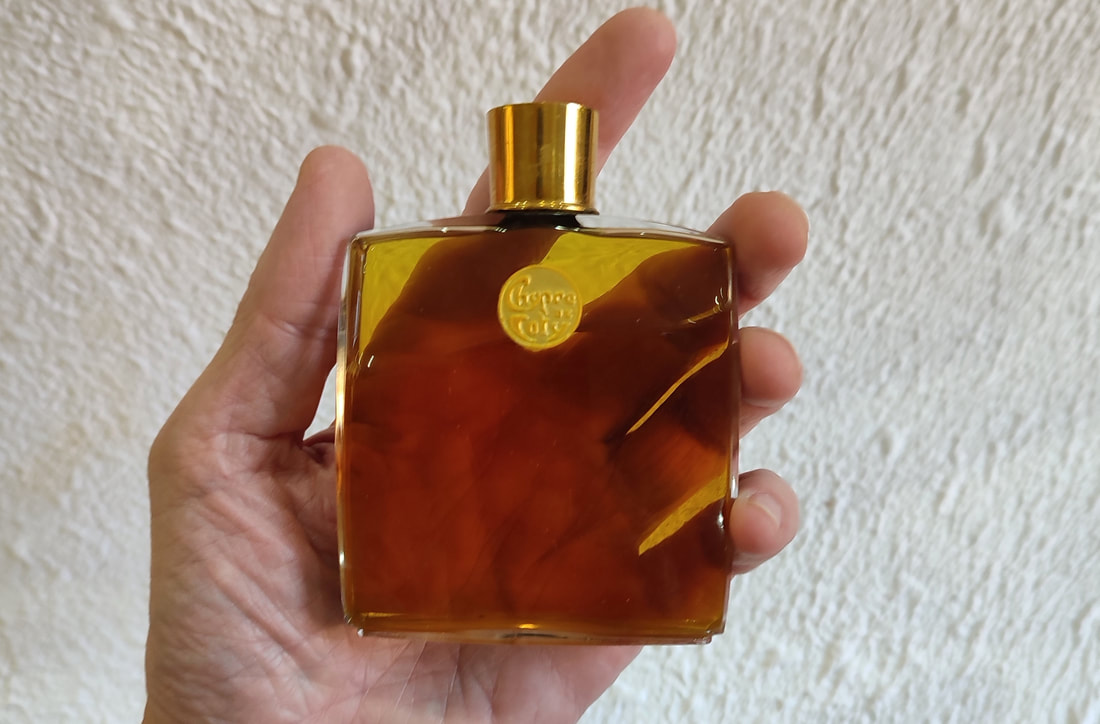



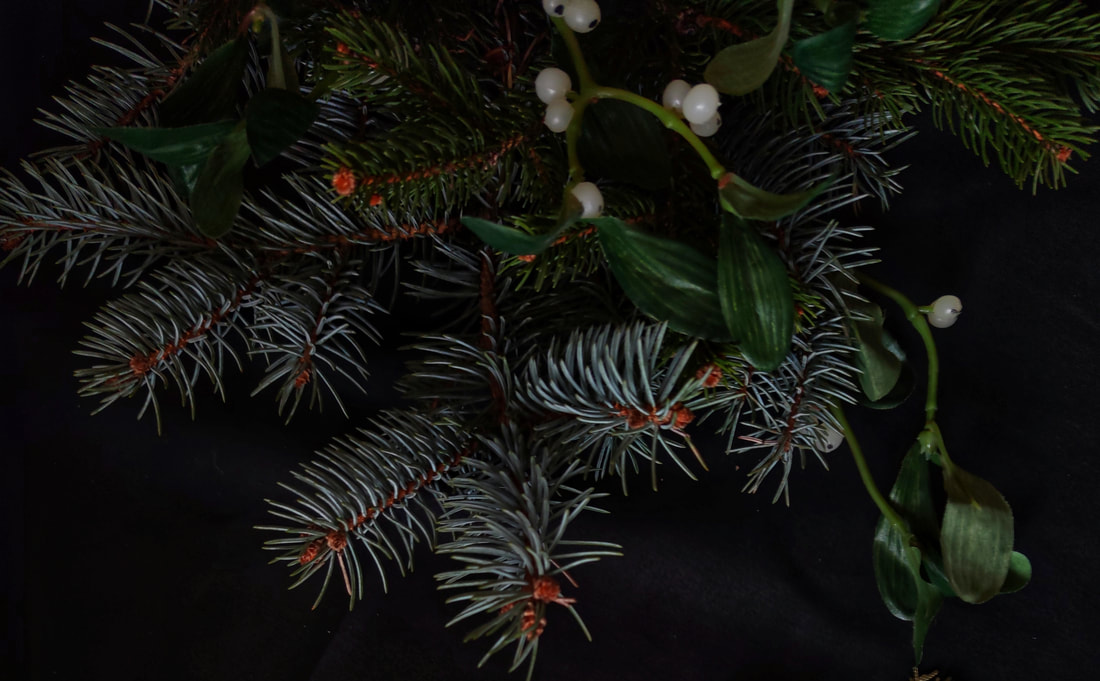
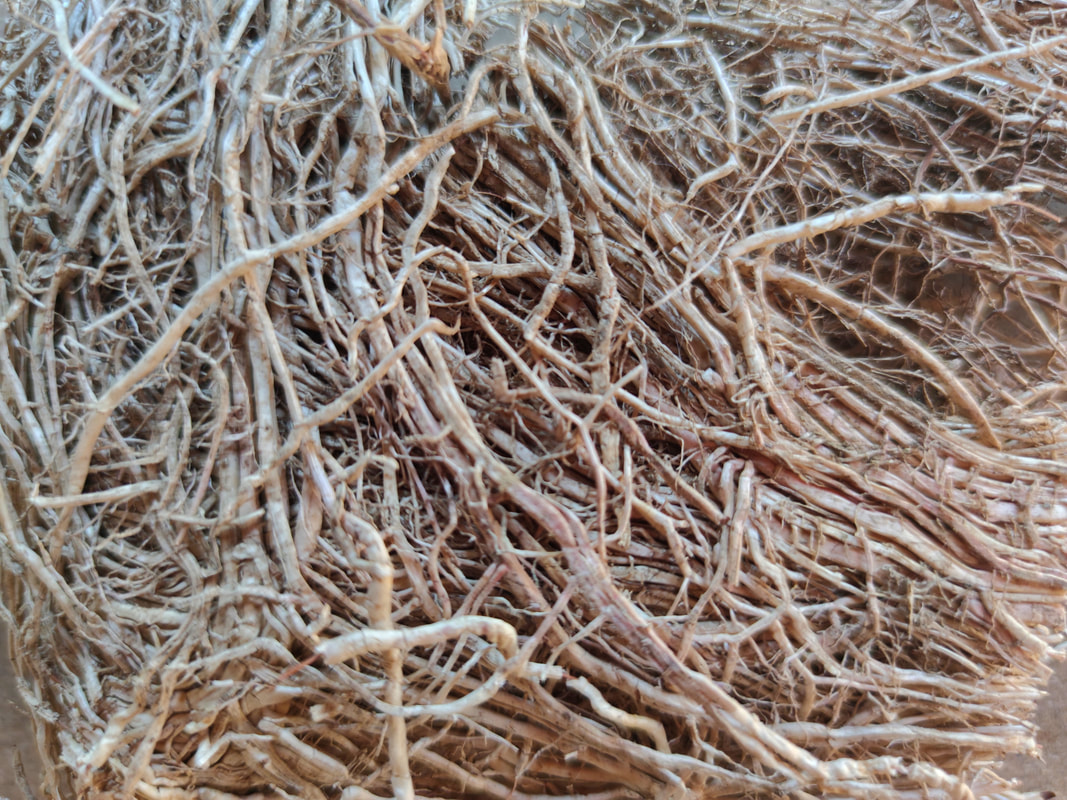






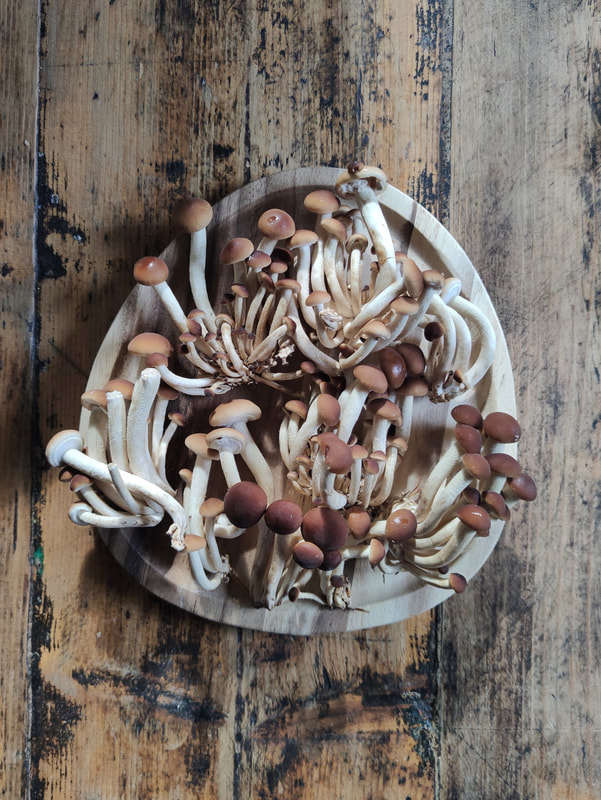
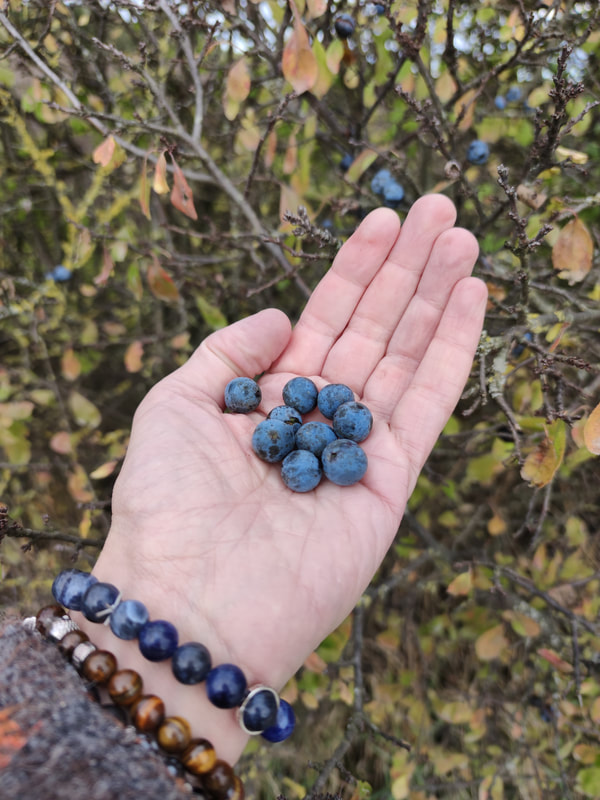
 RSS Feed
RSS Feed
